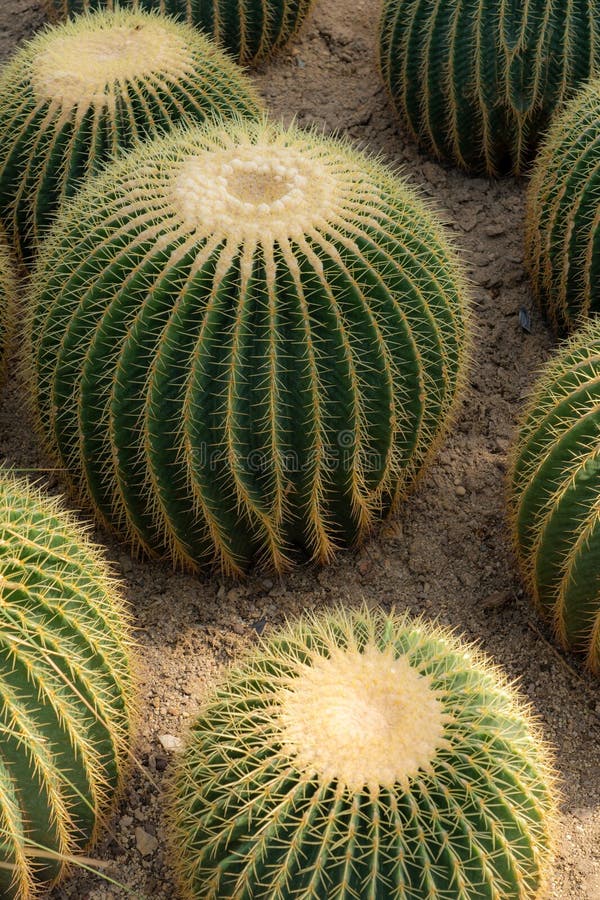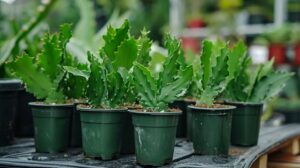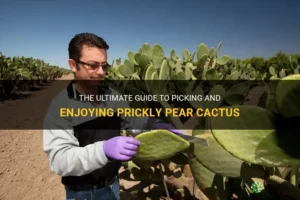The desert landscape is often perceived as barren and desolate; however, it is a vibrant ecosystem teeming with resilience and beauty, particularly manifested through its indigenous cacti. As nature’s tenacious sentinels, these remarkable succulents embody a symbiosis between form and function, exhibiting striking aesthetics that captivate the beholder. This article delves into the exquisite imagery of cacti flourishing in their arid homes, revealing the nuanced splendor that reveals itself at first glance and the profound stories etched in their prickly exteriors.
Images of cacti offer a visual narrative—each photograph a tableau depicting survival, diversity, and the artistry of life amidst adversity. The interplay of light and shadows creates mesmerizing reflections, revealing textures, colors, and unexpected forms that distinguish one species from another. Indeed, the visual splendor of these plants serves as a conduit for understanding their intricate roles within the desert’s ecosystem.
When one gazes upon a photograph featuring a cactus, the immediate reaction may be to appreciate its graceful stature against an expansive backdrop. Yet, these images encapsulate countless tales of adaptation and endurance that transcend mere aesthetic appreciation.
Imagining the majestic saguaro cactus, with its towering arms reaching skyward like an ancient sentinel, one is compelled to consider the iconography it embodies. In the American Southwest, the saguaro is not merely a plant; it is a symbol of tenacity, standing tall against the harshness of the desert sun. The contrast of its green body against a cerulean sky presents a radiant juxtaposition that evokes admiration and introspection.
This iconic cactus thrives for decades, sometimes exceeding fifty years, before it produces its first blooms. The flowers—delicate and ephemeral—emerge like jewels atop the mighty arms during the fleeting springtime, a metaphor for the potential rewards of patience and the beauty that emerges in due time. Photographs capturing these blossoms in full bloom serve as reminders of the interconnectedness of time and beauty, anchoring the concept of renewal within the starkness of the desert.
In considering the humble barrel cactus, one is drawn into the textured complexity of its round silhouette, often crowned with bright yellow or red flowers that punctuate the earth with bursts of color. The barrel’s distinctive appearance not only adds visual intrigue but also serves an ecological purpose as it conserves moisture, making it a vital player in its ecosystem. Cactus photos of this variety portray simple elegance, often accompanied by geological formations or contrasting azures of the sky, creating a vivid storytelling experience.
Photographers venture into these extreme environments, framing cacti against tranquil sunsets or fierce storms, juxtaposing fragile beauty with the raw power that defines the desert. Such imagery encapsulates the paradox of life in arid wastelands. The juxtaposition of durability amid fragility is enhanced by the poignant, silent resilience of these flora, indicators of survival in an unforgiving landscape.
Shifting focus to the often-underappreciated cholla cactus, one finds a unique character, its segmented body resembling an armor-clad warrior basking in the desert heat. The cholla’s silhouette creates an enchanting focal point in photographs, frequently illuminated by the golden hour when sunlight bathes the desert in ethereal warmth. The wild, ethereal quality of these images reveals the cholla’s vibrant personality and invites contemplation of its complex ecological relationships. Its spines protect it, but they also form a habitat for various creatures, exemplifying the kaleidoscopic prosperity of life that thrives in shared environments.
These stunning photographs serve not just to document the visual splendor of cacti but also to promote an appreciation for the environmental challenges they face. Habitat loss, climate change, and pollution increasingly endanger their existence, making it imperative to recognize their role not only as plants but as ecological barometers. Understanding their life cycle and survival strategies invites one to consider broader ecological contexts and the urgent need for conservation efforts.
To explore the sheer diversity of cacti is to embark on a journey into one of nature’s most magnificent showcases. From the minute, charming flowers of the fairy castle cactus to the robust and bulbous dimensions of the giant columnar cacti, each species tells a story of evolutionary brilliance through their distinct adaptations to the arid climate. The visual representation of these varying forms creates a tapestry that encapsulates the essence of desert life.
In conclusion, images of cacti in the desert encapsulate far more than mere aesthetics; they evoke a sense of admiration for the intricacies of resilience and adaptability. Capturing them in their natural habitat allows one to appreciate both their ethereal beauty and the profound lessons they impart about the vibrancy of life, even in the harshest conditions. As one delves deeper into the world of cacti, it becomes clear that these stunning photographs are not just images—they are vivid reflections of survival, a celebration of nature’s artistry, and an urgent reminder of our shared responsibility to protect their fragile ecosystems.





Leave a Comment